ELECTRICAL, SOLAR, LIGHTING
Standard Setup:
If you’re looking for a standard electrical setup, this will be plenty for you. You can charge electronics, run lights, and use any 12V things you may need. This is the setup that the majority of people have and it’s perfectly sufficient. Each item is linked if you want to read in depth on each one.
My Van Setup:
I had to choose a little more for my electrical because of the induction stove, 110V fridge, having quite a few lights, and also several 110V outlets around the van. This may be excessive if you don’t think you’ll have to run so many things. But if you know you’ll need extra power, this is a perfect setup so you know you’ll always have enough!
I’ve had nothing but great experience with Renogy solar panels. If you just need a standard set up, the 200 Watt kit will be perfect for you. Buying the kit versus just the panels is really nice because it comes with almost everything you’ll need for solar. It includes the charge controller, mounting brackets, MC4 connectors, solar cables, and cable entry housing. Instead of having to piece everything together, the kit just allows you to get everything at once. I have an induction stove and a 110V fridge so I needed 400 Watts of solar and just purchased the 400 Watt kit to make sure I had plenty of power! It has worked perfectly even on super cloudy days.
This 1500W inverter comes with 3 AC outlets, a USB port, and a remote switch and cables. So you really won’t even need 110V outlets in the van with this inverter because they’re already in it. Other inverters that I’ve seen with this much power are more expensive and don’t come with as much to offer. I’ve had this one in both of my van builds, and it’s always been awesome. You can easily turn it on and off when needed or just leave it on 24/7 if you run a 110V fridge like I do. Can’t go wrong with this one!
I used Duralast 95ah batteries for my build, but I wish I would’ve gone with these VMAX Solar 110ah batteries instead. They are only a little more expensive but do offer more amp hours and aren’t so difficult to find. Unless you’ll be running very little on the battery, I really recommend having 2 to cover everything. Even a very basic setup typically will include two batteries of roughly this size. This is a really trusted brand though and I’ll probably go this route if I do another build in the future.
The portable power station by Jackery is a perfect setup if you are looking for a simple electrical system and/or want to be able to charge your devices anywhere. I recommend this to anyone who plans on camping, working outdoors often, or will be car camping. You can charge this battery by plugging it in at a coffee shop or by using the Jackery portable solar panel. The solar panel is awesome because it folds up really compact and you can carry it absolutely anywhere. I have the battery and solar panel as backup system, as well as the setup I use when I want to work at a park all day. If you’re worried about a full solar/electrical system with wiring and all the extra pieces AND don’t need a ton of power (induction stove kind of power), this really is ideal.
Recommended:
These are the lights that I’ve used for both vans and I absolutely love them. They are 12V, use very little power, and are super bright. You can get them pretty cheap and I recommend getting as many as you can. They are made for motorhomes and boats so they’re even shock and vibration resistant. I had everything hooked up separately so you can have just the bedroom lights on or just the kitchen lights. But they install really easily and look beautiful in the ceiling.
These are 12V lights that work perfectly if you want additional lighting your upper cabinets in the kitchen or even in your toe kick to light it up at night. They’re super bright and are really easy to install. The back is self- adhesive so they just stick on. I like having as many lights as possible so I can options and these are perfect for that.
These lights are really just for decoration or hanging outside when you’re at a campsite. I love these at night with the doors open because they just give the van such a different vibe than the puck lights in the ceiling. They’re also pretty bright so they do work to light up the entire van when they’re hanging! I’ve posted lots of photos with these lights and people always love them!

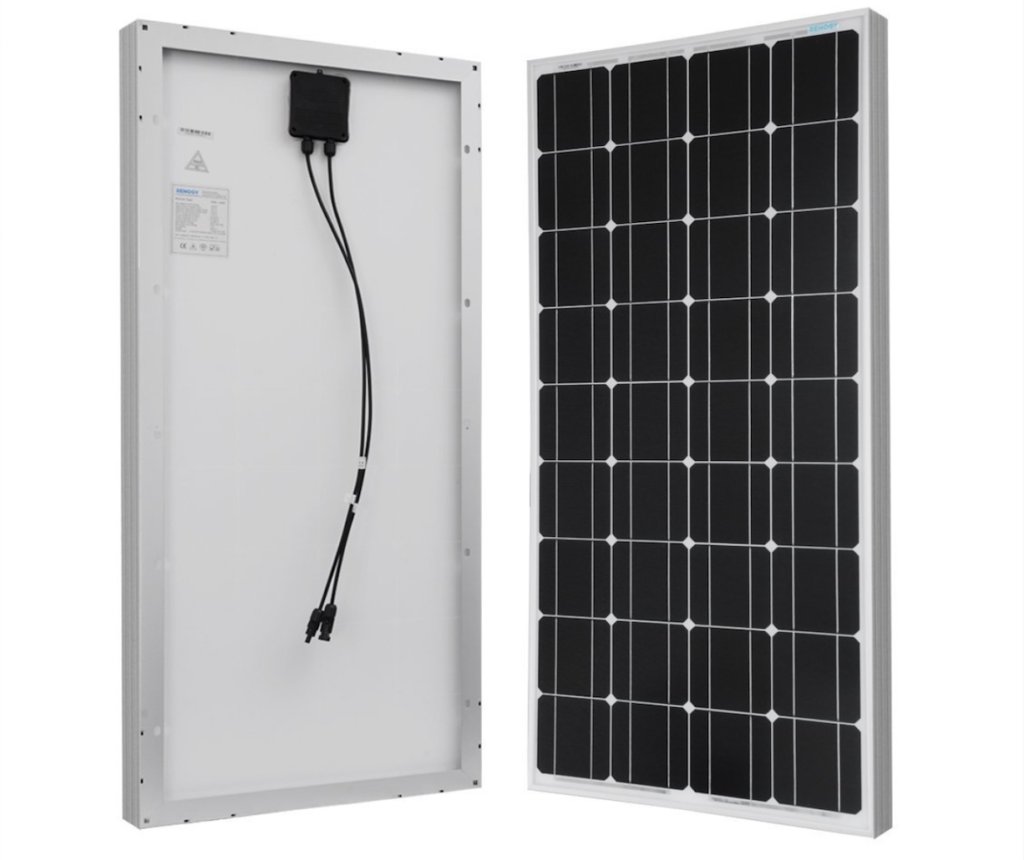


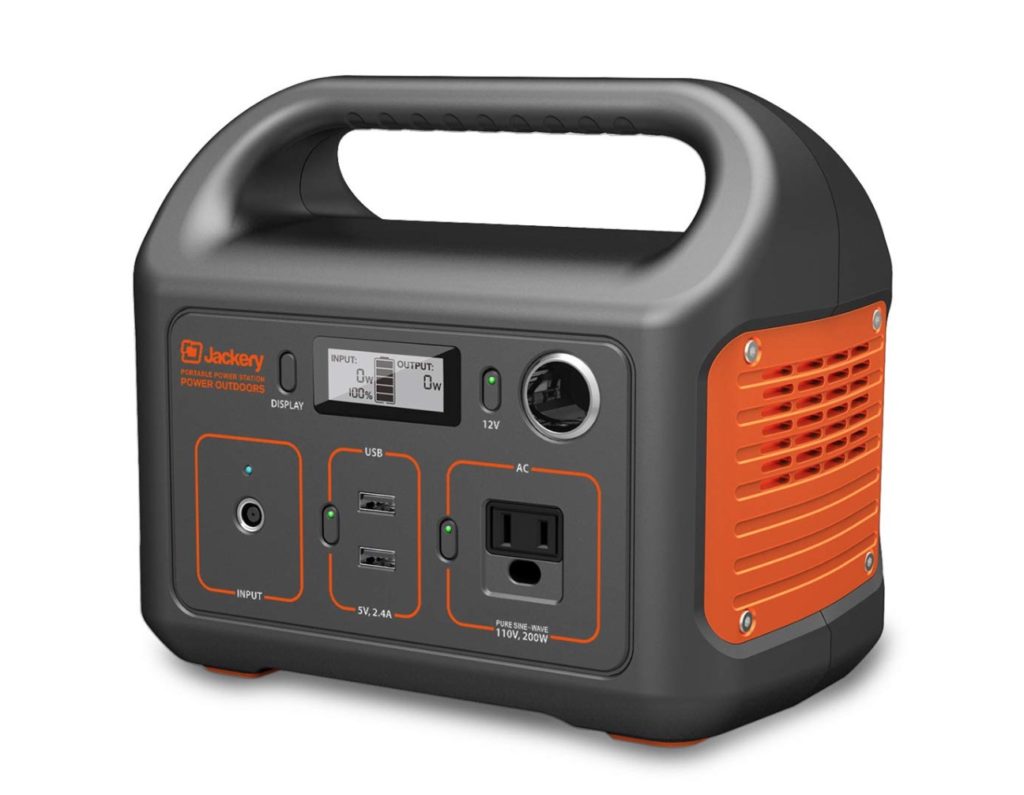
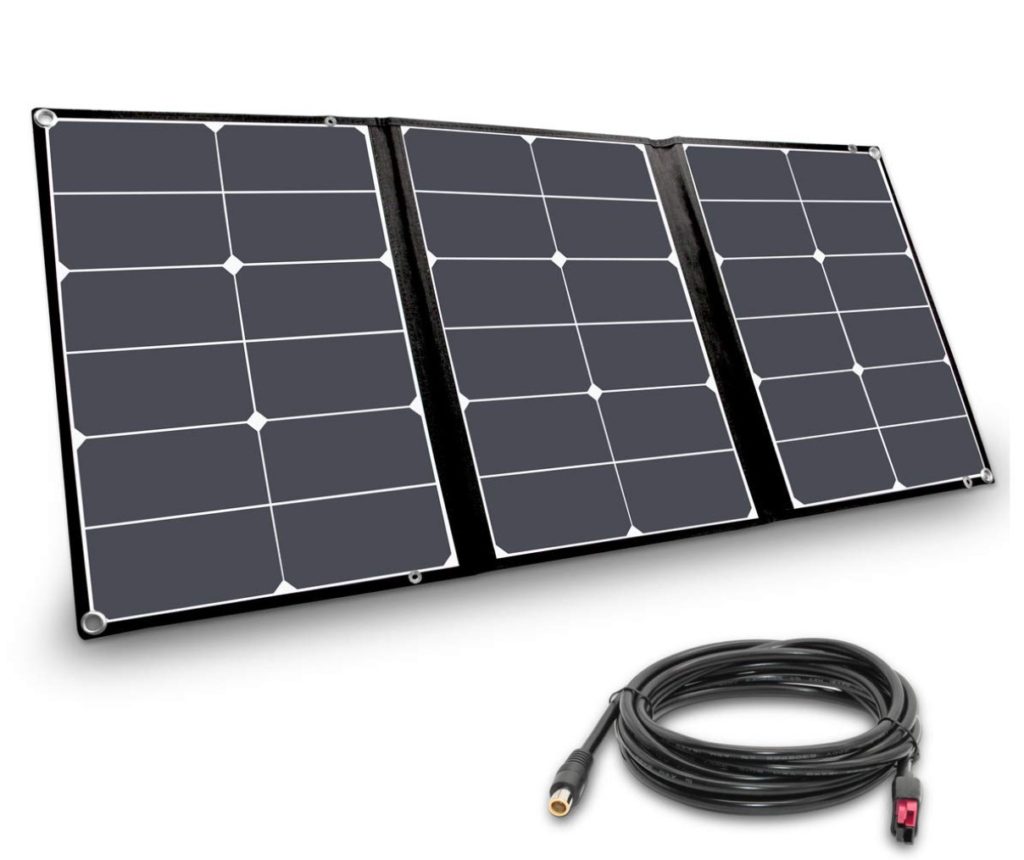

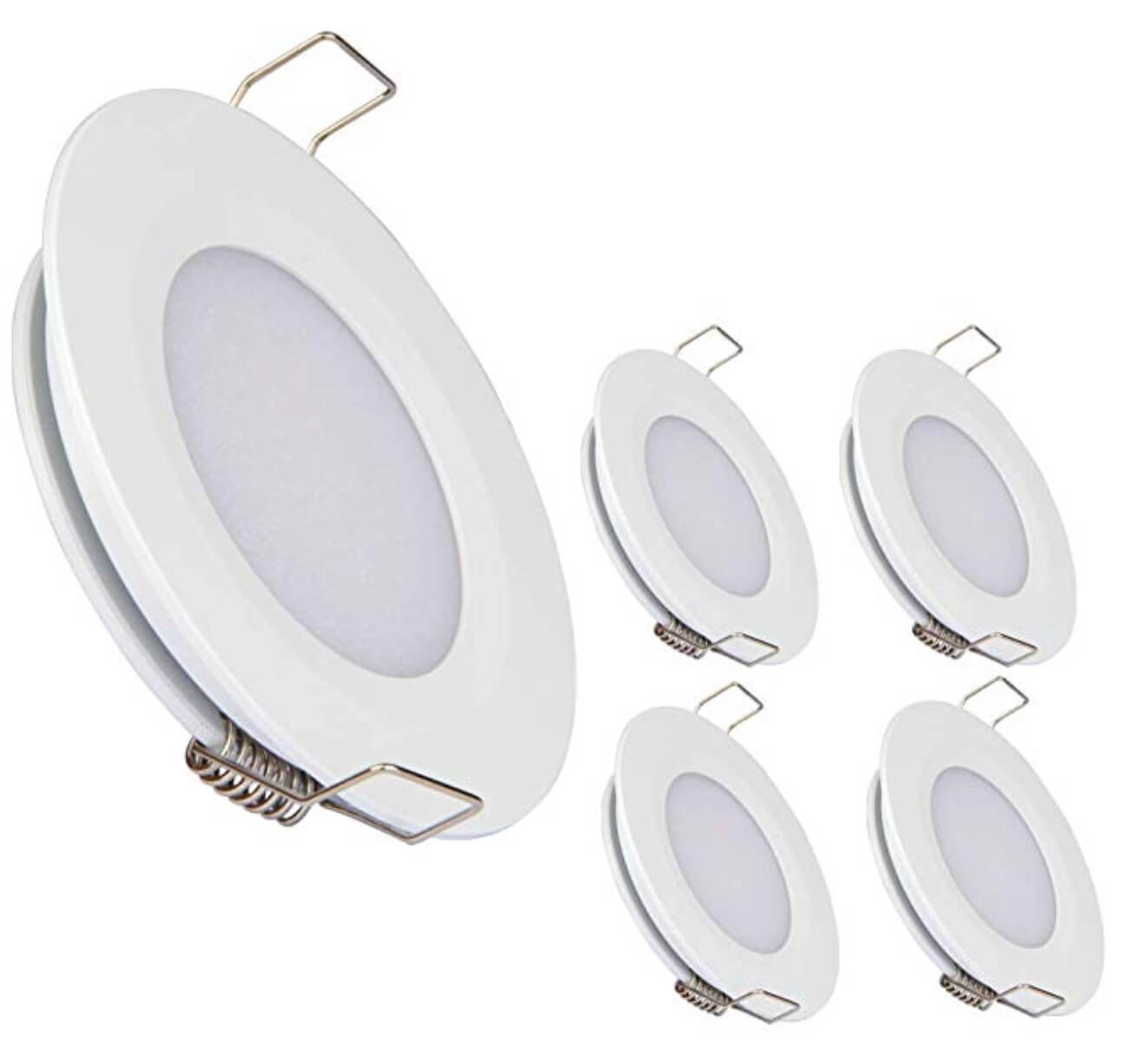
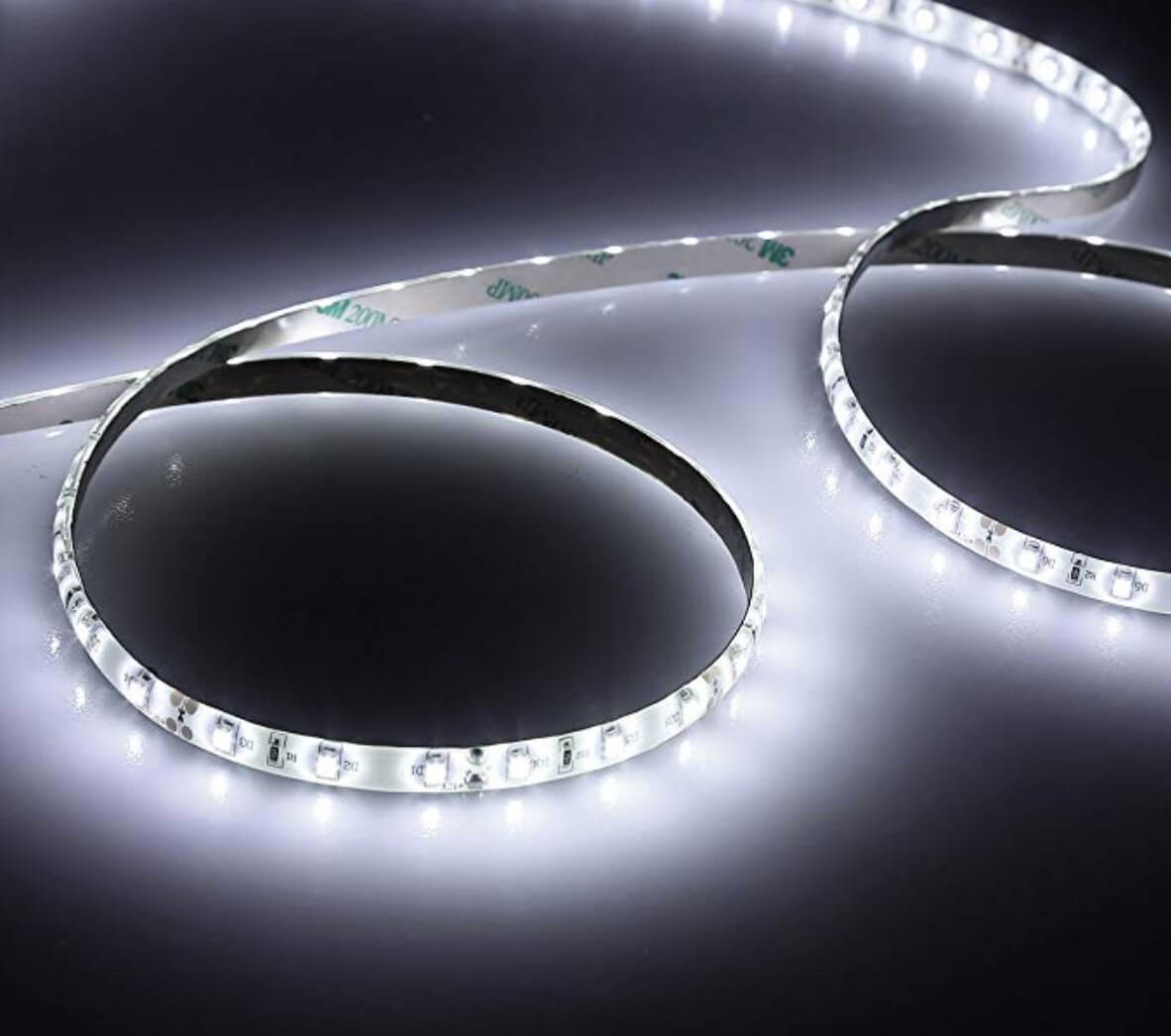

Good
It is better to install 2 x truck batteries- very heavy to lift, but it is around 2 x 225 Ah is giving you around 6 kW via 6 kW Inverter…it is crazy Best Solution for Standart Big Van or small House 2 store .
Very important is to install Isolator Switch before and after inverter 36 V-600V from Solar Panels 120V- 220V- 240V and also before and after Inverter from DC 12V/24V/48V batteries to 120V- 220V- 240V Single Phase or 3 phases …
Please how much 200 watts of solar light
A worthwhile upgrade to your charging system is a dc to dc converter. It isolates your batteries but also properly fully charges your house batteries, something your alternator can’t do. I have the 20 amp Renogy version (a little over $100.). As long as the car is running it provides almost 20 amps to my house batteries continuously (till almost full).
The alternator on the other hand does not have enough voltage to fully charge your battery and it’s is possible to damage either your alternator or house battery using this older method.
Great article Sydney!
I’m a carpenter lol so this is kinda new to me, I like the idea of dc to dc, does that just involve two wires? Positive to positive and negative to negative from the truck battery to the others? Thanks! I’m learning a lot from you guys.
Do you ever have peak load problems with the 1500W inverter when you use the 1800W induction cooktop when the refrigerator is also running?
Is there anywhere on your site that gives price estimates for each thing, broken down by parts and labor (hourly) if someone’s having it done? Or can you direct me to a good resource for this? Thanks!
Hi Sydney, this is so helpful, you make electrical seem easy. Do you have an isolator and if so could you provide the info?
She does, she provides the info in her van set up at the top of the electrical page.
I have installed a solar system on my house. I am definitely pleased with the results.
Historically, it was simple. The color output was BAD! Nobody liked the dull, low-output blue color of the early LED’s. Well, that has changed and LEDs now have a similar light output and color to that of low-wattage halogens we find on our boats.
Please tell me the location of that beautiful large lagoon/ lake in Mexico you are seen swimming in with you dogs.
Nice compilation and guide. Thanks a lot.
About batteries, I’ve heard there are batteries that can safely go down below 50%. I’m also very interested in installing the lithium batteries, even though they cost more. I put everything on my Amazon wish list.
I absolutely love the information provided, I have found it so helpful as I plan to convert my own van!!